Café culture is as engrained in Paris’ identity as its wide boulevards, iconic architecture, and haute couture.
You can’t go more than a few feet without stumbling upon a café, it’s tables and chairs spilling out onto the street, its no-nonsense waiters ready to greet you throughout the day (and most of the night). Forget the museums, galleries, and the Moulin Rouge, if you want to truly understand Parisian culture then you’ve got to look at their cafés. Cafés in Paris date back to the 1600s when Café Procope first opened its doors. Steadily growing in popularity, cafés became synonymous with writers, intellectuals, and politicians who would use them for impassioned conversation and philosophical discussion. American writer Ernest Hemingway, philosopher and political activist Jean-Paul Sartre, and even Pablo Picasso would frequent these French institutions, often taking inspiration from the people they met, and conversations that took place.
While Paris has changed extensively since the 1600s, café culture stands firm. Most cafés still open at the crack of dawn, serving up petit déjeuner in the morning, aperitifs in the afternoon, and dinner throughout the evening (with many staying open until past midnight). For the full experience, grab a spot on the terrasse, settle in with a café au lait and tartine and spend a few hours people-watching.
Below, we’ve delved into the history of some of Paris’ most iconic cafés. Some retain their old-world charm better than others, but no trip to the City of Light is complete without a visit to at least one of these quintessentially Parisian establishments.
If there’s one place to thank for the creation of Parisian café culture, then it’s Café Procope. Dating back to 1686, Procope is the oldest and most established café in Paris. Its rich history starts with coffee, and it was the first place to serve coffee to ‘drink in’ in the French capital.
Located across the street from the Comédie-Française theatre, the café was also the perfect gathering place for many composers, actors, and playwrights. Swiss composer Jean-Jacques Rousseau and art critic Dennis Diderot were both regulars. Voltaire also frequented Procope and rumour has it, he would enjoy up to forty cups of coffee per day whilst working at the café (you can view his desk on the second floor).
Benjamin Franklin, Thomas Jefferson, and even Napoléon visited Procope – their list of famous patrons is truly extensive. Nowadays, the café draws in a steady flow of tourists looking to lap up its renovated 18th-century interior and enjoy a glass of Pinot Noir. Expect French classics on the menu, including coq au vin, crème brûlée, and escargots.
Café de Flore first opened in the 1880s during France’s Third Republic. Throughout its long history, the café has been a popular haunt for literacy greats and celebrities. The café was synonymous with writers, who would settle into its red seats and work from its mahogany tables – both Ernest Hemingway and Simone de Beauvoir were regulars. Many stayed all day, arriving at 9AM and holding meetings over a vin rouge after dinner. Jean-Paul Sartre, a regular visitor, wrote that writers were ‘at home in the Flore’.
As a nod to its literary roots, the café has its own Prix de Flore, an annual literary prize founded in 1994. Alongside a cash prize, the winner also gets a complimentary glass of Pouilly-Fume at the café each day for a year.
Pablo Picasso visited on occasion, as did film stars Simone Signoret, and Bridget Bardot (who preferred dining on the terrace). Flore still retains much of its art-deco interiors, including red leather seats, mirrors, and chandeliers, though nowadays the writers have all but vanished, their spot replaced by tourists enjoying the cafés old-world charm. When visiting, be sure to order a chocolat chaud – a thick hot chocolate made with melted dark chocolate, heavy cream, and milk.
Just 30 metres separates Les Deux Magots and Café de Flore, creating a great rivalry since 1885 (when the former opened). But the rivalry isn’t the only thing these celebrated cafés have shared throughout the years, they’ve also shared many of the same intellectual, literary, and stylish clientele – Hemingway, Sartre, and Beauvoir to name a few.
Les Deux Magots even have their own literary award, though theirs started 60 years prior to the Flores. Parisians can be fickle, and the popularity of each café has peaked and waned over the years, depending on which establishment was en vogue at the time. Politics was also a factor, and during the 20s and 30s, Flore became a hangout for the extreme right and Les Deux Magots for the extreme left. Nowadays, Les Deux Magots is neutral ground and is almost always bursting with tourists who sit elbow-to-elbow on its terrace no matter the time of year.
The name Les Deux Magots translates to ‘stocky figurine from the far east’, a strange name for a café one might think. But the name actually comes from the lingerie shop which used to stand on the café site. The owners decided to keep the name and the two Mandarin Chinese statues, which gaze across the café and welcome visitors’ day and night.
Pablo Picasso might have visited Café de Flore on occasion, but it was La Rotonde which was his regular hang-out – his painting studio was just across the street. The Rotonde opened in 1911 and quickly established itself as the go-to place for upcoming painters and starving artists, including Amedeo Modigliani and Nina Hamnett. Its popularity was partly down to its location in the bohemian Montparnasse neighbourhood, but it was owner Victor Libion, and his kindness to the creative community, which helped it take off. Libion would allow artists to sit in the café for hours each day nursing a ten-centime cup of coffee, and he even took drawings as temporary payment if the artist was unable to pay their bill. It was said that the café had so much artwork on the walls, that it would make today’s art curators ‘drool with envy’. In 2017, Rotonde was visited by French President Emmanuel Macron who celebrated the first round of the French elections there.
Located on Rue Norvins, the building is one of the oldest houses on the Butte. Vincent Van Gogh (whose final resting place is Auvers-Sur-Oise), Picasso, Sisley, Van Gogh, Toulouse-Lautrec, and Monet all gathered here.
You’ll find Le Consulat Café on a little land island of its own. It’s the quintessential French café, complete with small round tables, white stone walls, and colourful flowers hanging in the window, with typically French wines and plenty of French cuisine, as well as plenty of vintage charm.
Le Consulat Café and restaurant has been open for decades, and as a result, has witnessed plenty of changes in the surrounding district over the years. But in spite of change, the café has remained opened and can be visited today. Here, in Montmartre, you can really walk in the footsteps of the greats. Nearby at Place du Tertre, you’ll find plenty of artists painting ‘en plein air’, and find your way to the oldest street in Montmartre offering one of the best views of the Sacré-Coeur.
Established in 1920, and originally a furniture shop, Le Select quickly became famous for being “a seething madhouse of drunks, semi-drunks, quarter-drunks, and sober maniacs,” according to expat editor Harold Stearns.
Regulars included the characters in Hemingway’s The Sun Also Rises, including Lady Brett Ashley, and Jake Barnes, to Vladimir Nabokov (author of Lolita), Picasso, and many more. Today, it still evokes the 1920s with its hanging newspapers and brightly lit original bar.
What to Order? A kir, the brie de Meaux from Quatrehomme, and the croque select. You can’t go wrong!
More Parisian cafés favourites
Other Parisian cafés worth a visit include Café de la Paix, located within the InterContinental Paris Le Grand Hotel and built under Napoleon III. For a 20s throwback head to Le Select – it was the first of the grand cafés to stay open late into the night (they also have an extensive whisky selection). La Closerie des Lilas is another establishment steeped in history and has ties to Hemingway who wrote about it at length in his Paris memoir A Moveable Feast.

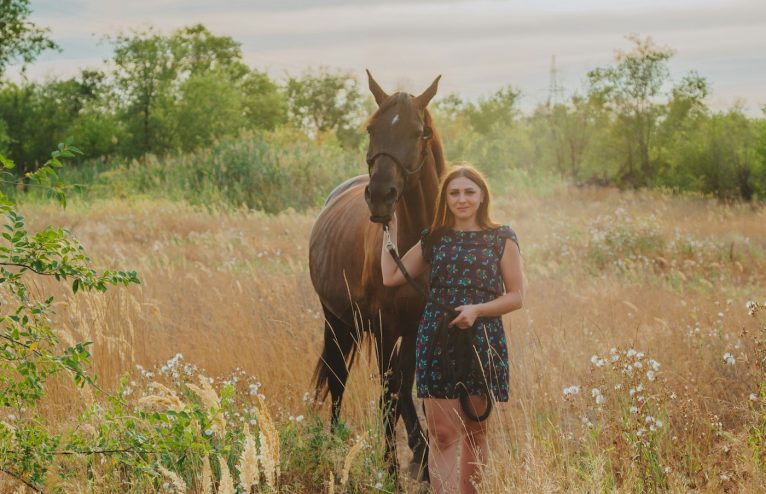
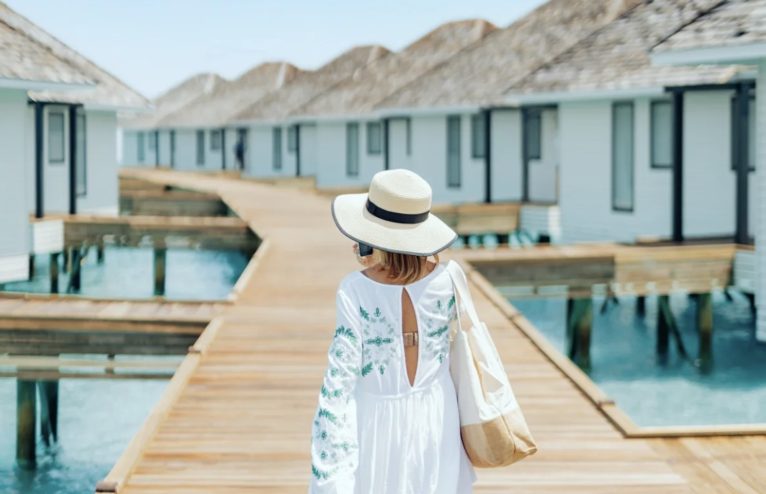

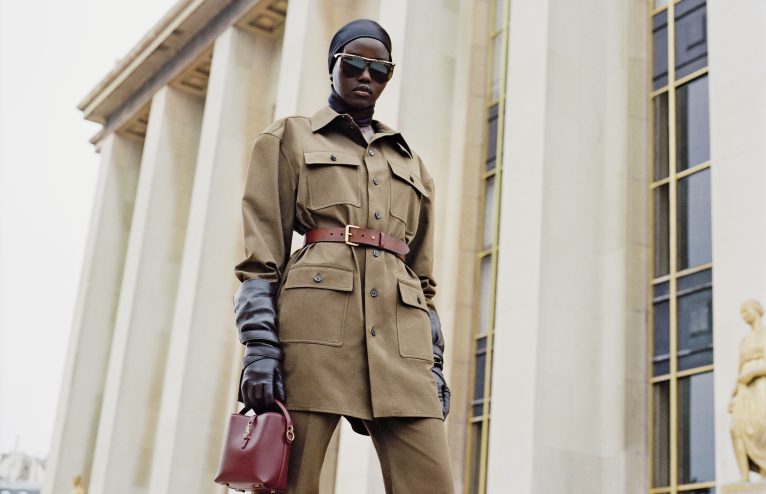

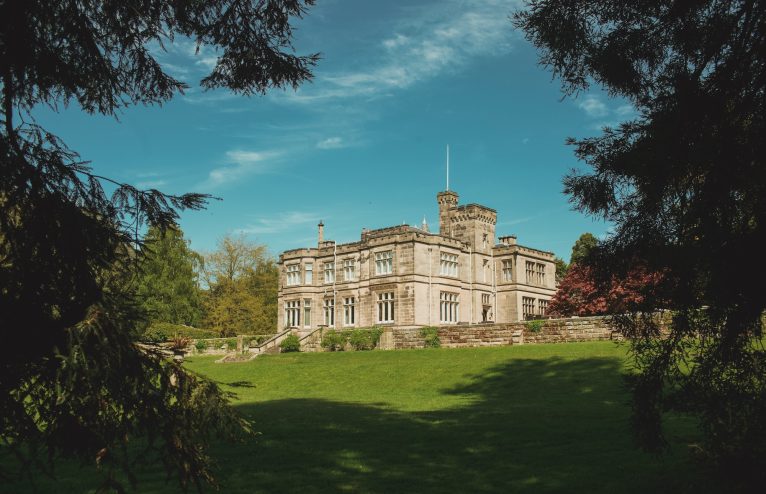
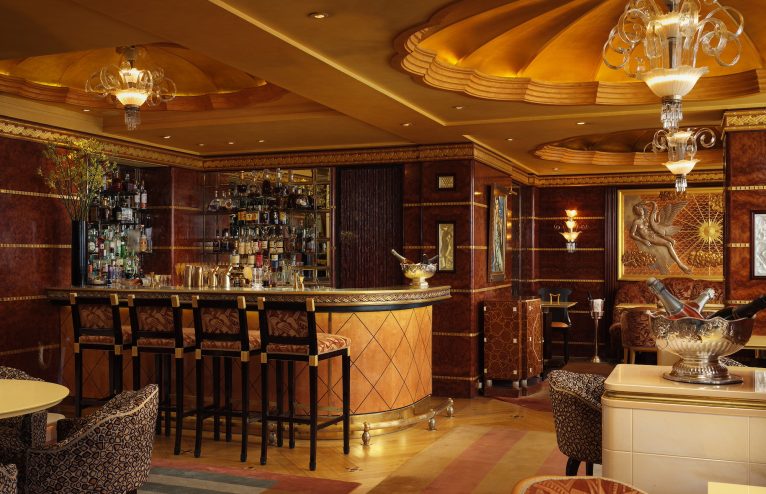









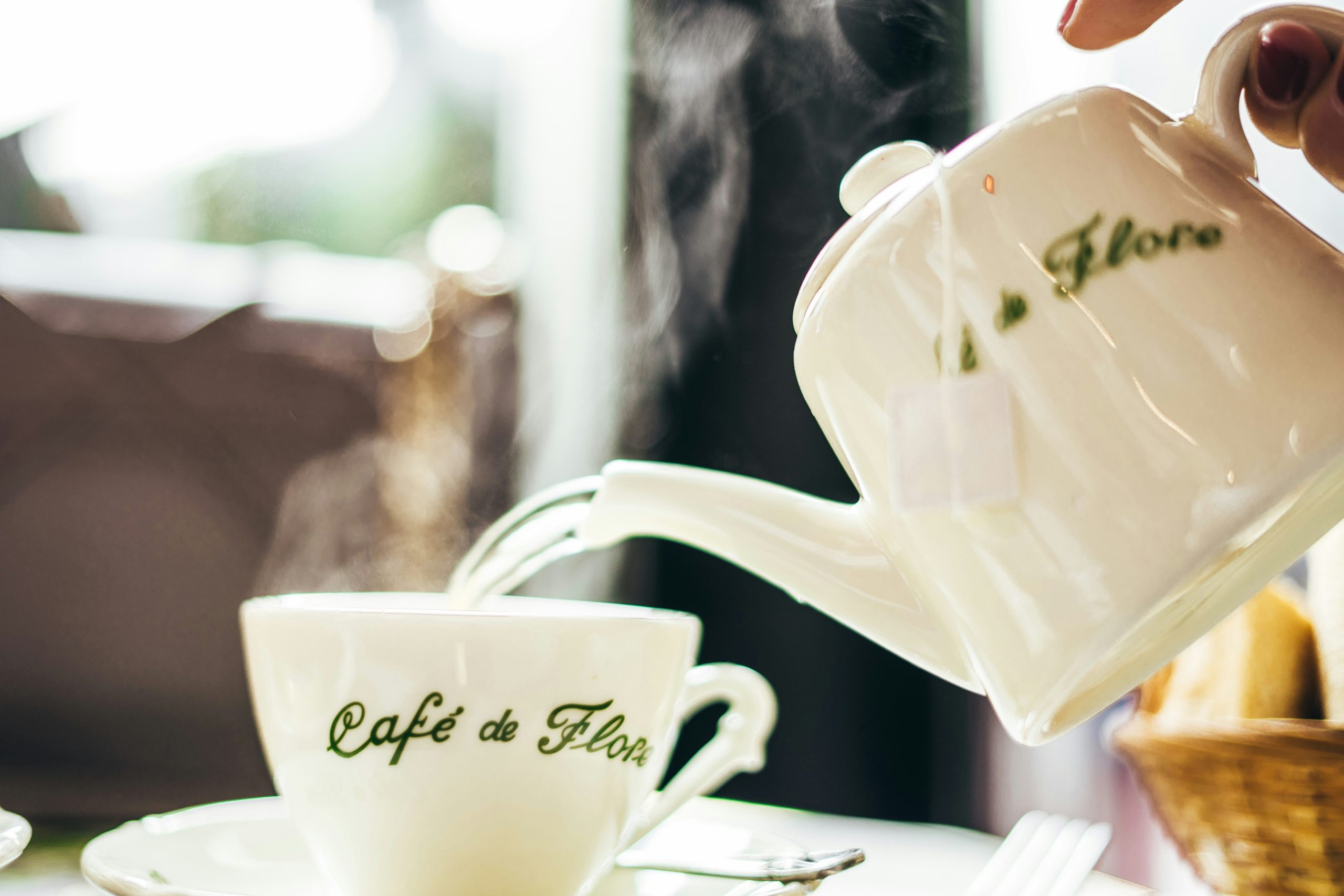
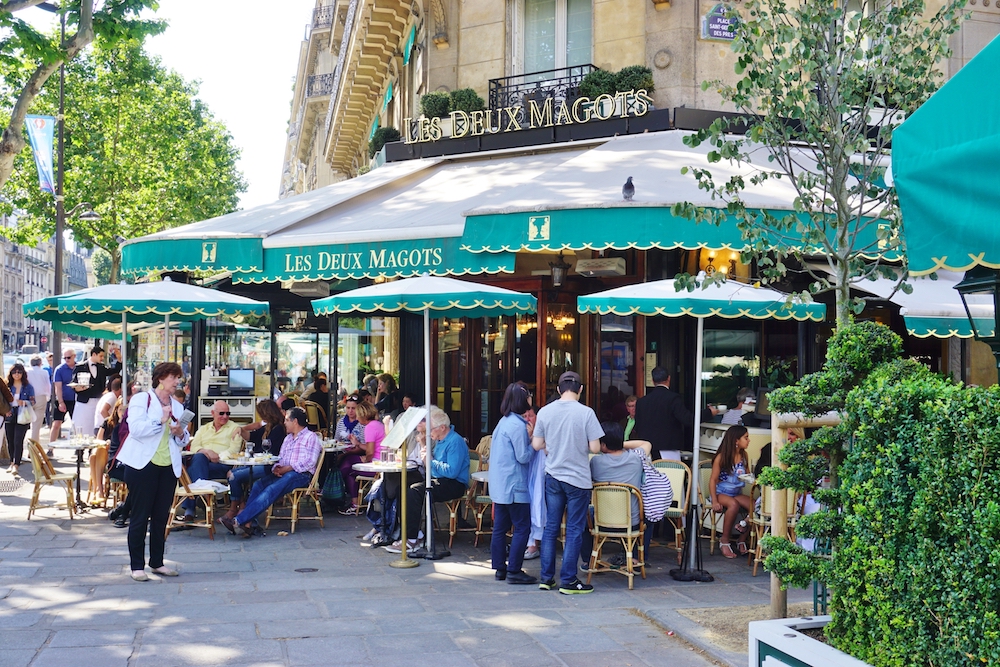
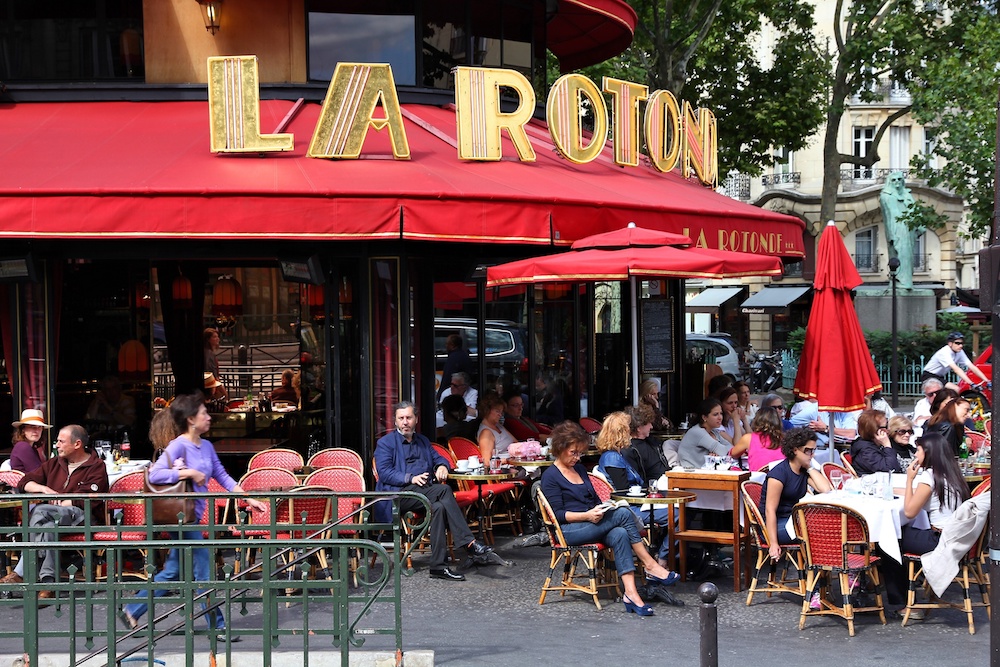

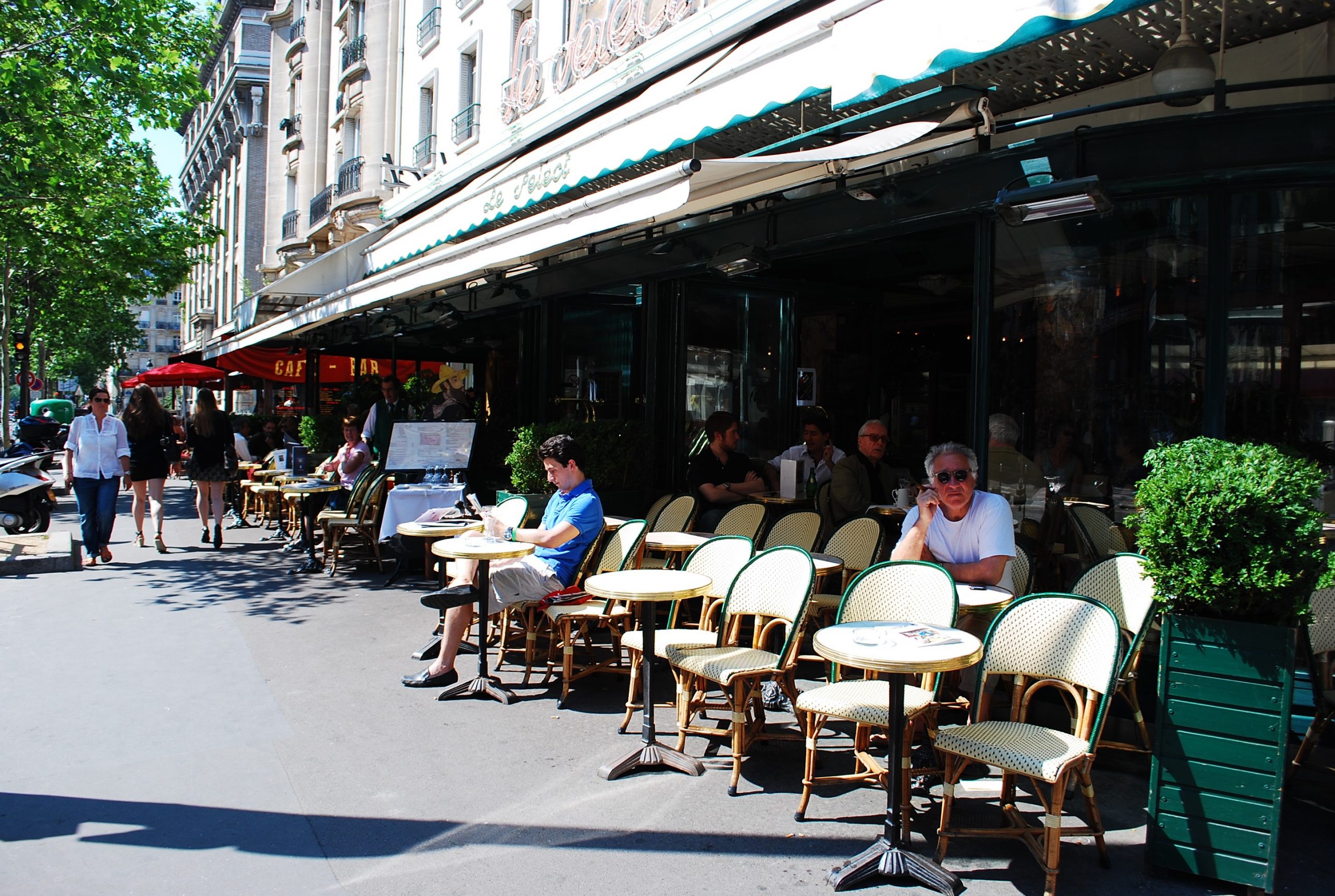
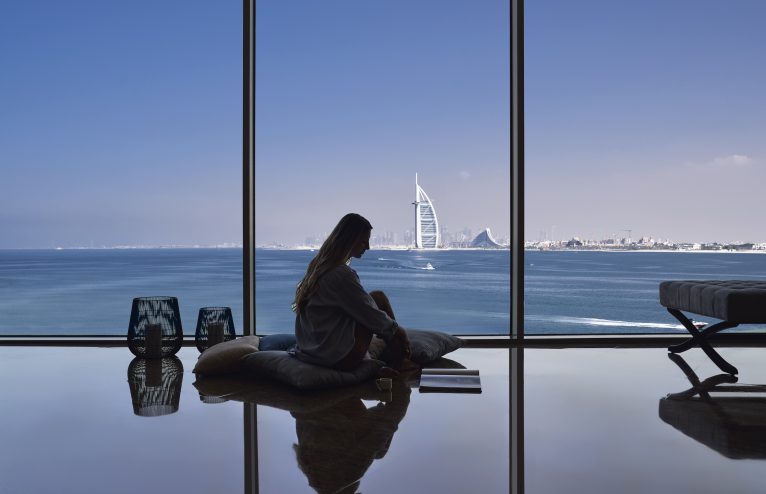
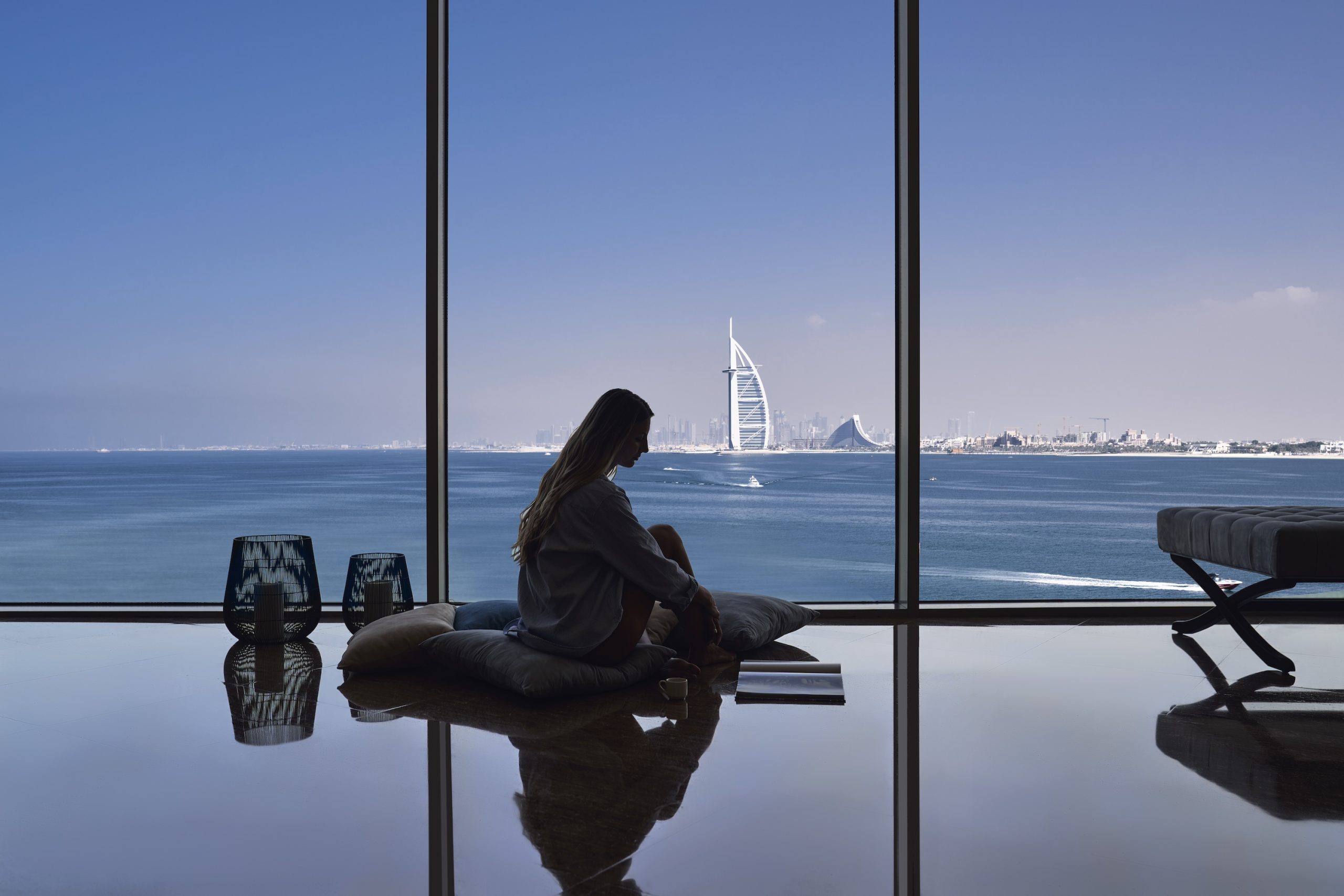
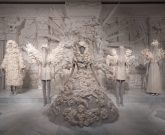


Any Questions or Tips to add?